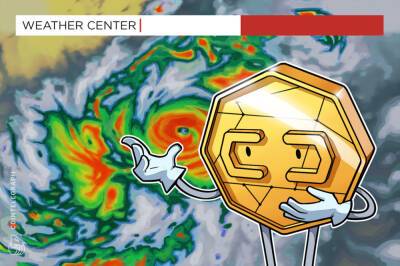Bitcoin: This ‘deflationary peak’ and what it means for STHs
Bitcoin, the largest cryptocurrency by market capitalization, crossed the $40,000-mark after a sudden surge. But soon returned to its pre-surge price in less than two hours. At press time, the largest cryptocurrency was trading at the $40,200 mark with a 4% increase over the last 24 hours. It’s interesting to note that Bitcoin holders reacted to this development in a very bullish manner.
In this context, it’s important to note that the total number of non-zero BTC addresses has increased since March 2018.
Notably, a sharp sell-off began in December of 2018, this further accelerated in March 2019. However, Bitcoin defied the bearish trend.
It is here to be noted that as per Glassnode’s chart below, the number of addresses with a non-zero balance has increased sharply after 2019.
Source: Glassnode
In addition, the number of addresses with more than 1,000 BTC and more than 10,000 BTC varied widely. It seems to have fallen down a little from the count of 2021.
Source: Glassnode
In addresses with more than 10,000 BTC (yellow), the bulk of the increase occurred in September 2021. However, for those with more than 1,000 BTC (red), the majority of the increases occurred at the beginning of March 2022.
In fact, the BTC supply held by long-term holders (LTH), was at its most deflationary stage in history. The LTH Market Inflation/Deflation Ratio suggested that Bitcoin was directly proportional to the supply held by the long-term holders. On Chain researcher,David Puell shared this metric on 15 March.
<p lang=«en» dir=«ltr» xml:lang=«en»>Our analysis suggests that #Bitcoin, proportional to supply held by long-term holders (LTH), is at its most deflationary in history.1/ Introducing LTH Market Inflation/Deflation Ratio, created in
Read more on ambcrypto.com

















